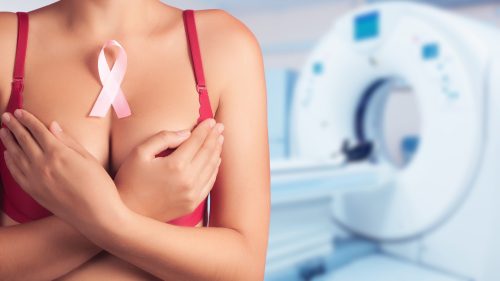Breast health and self-examination are critical aspects of women’s health, and every woman should prioritize them. Breast self-examination is a non-invasive technique that involves checking the breasts visually and manually for any abnormal changes such as lumps, bumps, and changes in size, shape, or texture. The earlier breast cancer is detected, the more successful the treatment will be, so it’s crucial to conduct breast self-examinations regularly. Besides, maintaining good breast health is also essential in preventing other breast-related problems.
To maintain good breast health, it’s essential to understand breast anatomy. The breast consists of glandular tissue and fatty tissue, and each breast has a unique structure. Women should familiarize themselves with their breast structure and be aware of any changes or abnormalities. Some common breast health problems include fibrocystic breast disease, mastitis, and breast abscesses. Regular breast self-examination can help detect any of these issues, and seeking medical attention as soon as possible can prevent complications.
In addition to breast self-examination, other measures can help maintain good breast health. Clinical breast examination, mammography, ultrasound, and MRI are all imaging techniques that healthcare providers use to screen for breast cancer and other breast-related problems. Women should consider these additional measures based on their age, family history, and any other risk factors they may have.
Risk factors for breast cancer include age, family history, genetics, reproductive history, and lifestyle factors such as alcohol consumption and obesity. For instance, women with a family history of breast cancer are at higher risk of developing the disease. Similarly, women who start menstruating early or experience menopause later are at higher risk of breast cancer. Lifestyle factors such as smoking and excessive alcohol consumption can also increase the likelihood of breast cancer.
It’s important to note that women should not rely solely on breast self-examination to detect breast cancer. Other screening techniques, such as mammography and clinical breast examination, are also important in detecting breast cancer at an early stage. Women should also have regular check-ups with their healthcare provider to ensure their breast health and overall well-being.
In conclusion, breast health and self-examination are essential for women’s health. Women should prioritize regular breast self-examination, seek medical attention if necessary, and maintain a healthy lifestyle to prevent breast cancer and other breast-related problems. Women should also be aware of their risk factors and consider other screening techniques such as mammography and clinical breast examination. By taking these steps, women can maintain good breast health and lead a healthy life.

